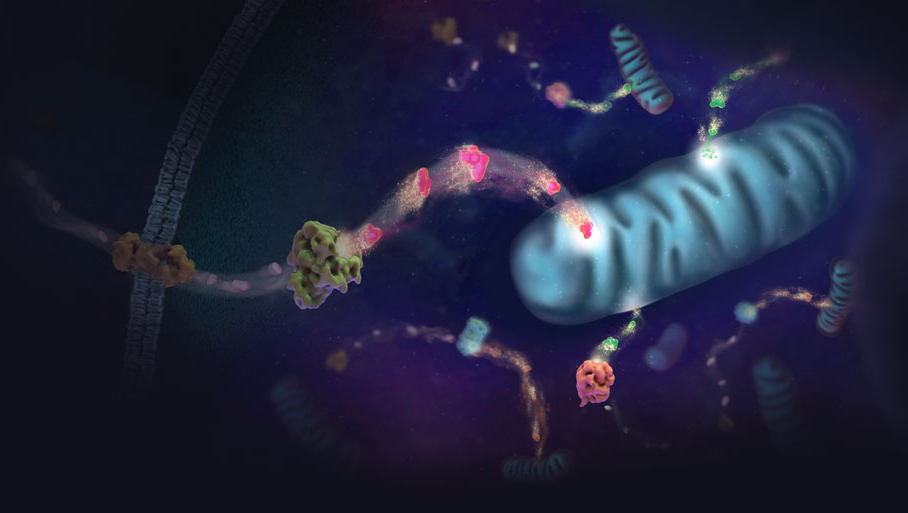
There is still a lot we don’t know about COVID-19 and the virus, SARS-CoV-2, that caused the pandemic and changed the way we live. But there are two things we do know about the disease: 1) Patients with diabetes and high blood glucose levels are more likely to develop severe COVID-19 symptoms with higher mortality. 2) Patients that experience an uncontrolled inflammatory response, called the cytokine storm, also develop more severe COVID-19 symptoms. The fact that both high glucose levels and an exaggerated immune response drive severe disease suggests that the two may be linked. But how? The answer may lie in the metabolism of immune cells in the lungs of COVID-19 patients, according to a recent study published in Cell Metabolism.
Continue reading “How A Change in Immune Cell Metabolism Contributes to Severe COVID-19”